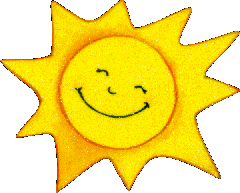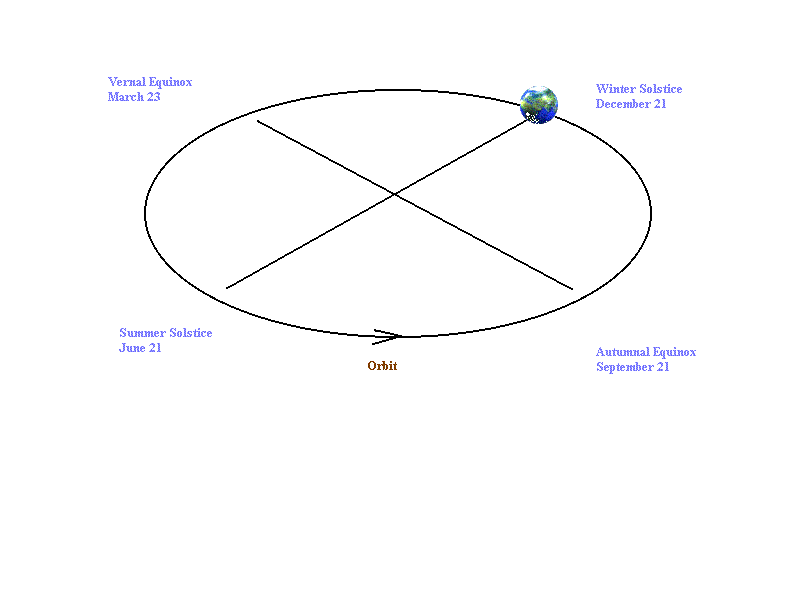Blog » Imbolc
ireland celtic seasons reflection
Yesterday, the first of February, marked Imbolc or Lá Fhéile Bhríde in Ireland. It is also fitting that today is the first day I can recall in months of waking to sunlight streaming into my bedroom. A much welcome change from the thick, duvet-like cloud cover has been blanketing London lately.
In school, I had always found the months of the year, and the seasons to be somewhat arbitrary. Growing up in Ireland, that calendars are quite arbitrary was somewhat obvious - most of the media we consumed (from Britain and the USA) was from places where the first day of the week is Monday, whilst we were always taught that Dé Domhnaigh, Sunday, was the first day of the week.
It was only in university when we learned the agony of programming dates and times that I actually appreciated how utterly arbitrary the Gregorian calendar is.
Take how September, October, November, December have latin-name prefixes (7, 8, 9, 10…), whilst they actually seem to fall two months too late.
Supposedly this was because emperors Julius and Augustus wanted some calendar action, and so they squeezed in some months of their own mid year (presumably in the summer months, so people would associate them with good weather and jet-setting abroad).
So, calendars are somewhat arbitrary - we have to mark out time somehow, and that's inevitably going to lead to having to simply make some choices.
Similar to the days of the week, the seasons in Ireland are shifted somewhat. The traditional calendar has Spring, or Earrach start in February, rather than March, like in Britain and I suppose the rest of the world.
Wikipedia has a great graphic showing the structure of the ancient Irish calendar, which is, on the contrary, entirely rooted in the solar cycle. Festivals fall at the midpoint between a solstice and an equinox, and are celebrated to mark the changing of the Seasons.
I liked this graphic so much that I wanted to animate my own. The below graphic is the essence of that same SVG, but drawn with the Canvas API.
The quadrants are the seasons, the label in the middle are their names. and their start and end points mark the changes of each season.
The labels in the middle show the season names, whilst the dotted lines mark the solar events marking their midpoints.
- Samhain
- Beginning of Winter
- Geimhreadh
- Winter
- Grianstad an Gheimhridh
- Winter Solstice
- Imbolc
- Beginning of Spring
- Earrach
- Spring
- Cónocht an Earraigh
- Spring Equinox
- Bealtaine
- Beginning of Summer
- Grianstad an tSamhraidh
- Summer Solstice
- Samradh
- Summer
- Lughnasadh
- Beginning of Autumn (Harvest Season)
- Cónocht an Fhómhair
- Autumnal Equinox
- Fómhar
- Autumn
There is one more dotted line which today is colliding with IMBOLC's line. This will update on page-load to the current day, marking where we are with respect to the seasons.
I quite enjoyed cobbling this together and re-learning about the seasons.
I appreciate the structure of it and how it simply relates to the earth and the sun. Now, with climate change, God knows how the real seasons are going to drift from how they were for year.
Sadly maybe this will become another calendar that looks completely arbitrary, but for the moment it's nice to pause and appreciate the intuitive pragmatism of older ways. Now, there is an entire world, dimension even of exploration into the history of ancient Irish festivals which I don't have the confidence to explain without completely butchering it.
I'd sooner recommend you do a bit of searching. Manchán Magan has a great recording on Geata Arts chatting about some of the oldest customs that could be gathered from community elders:
Wishing all a nice bright Earrach!

